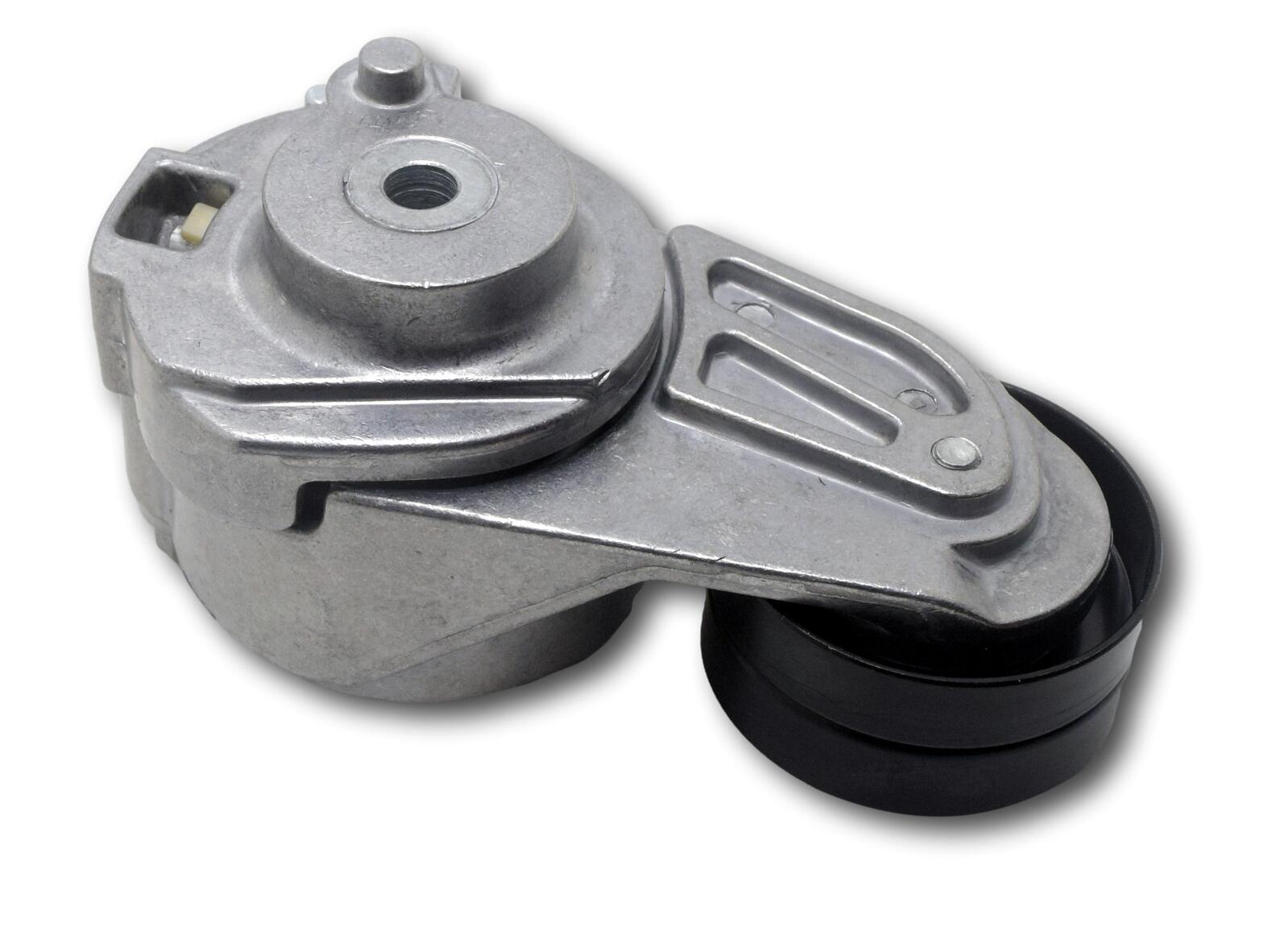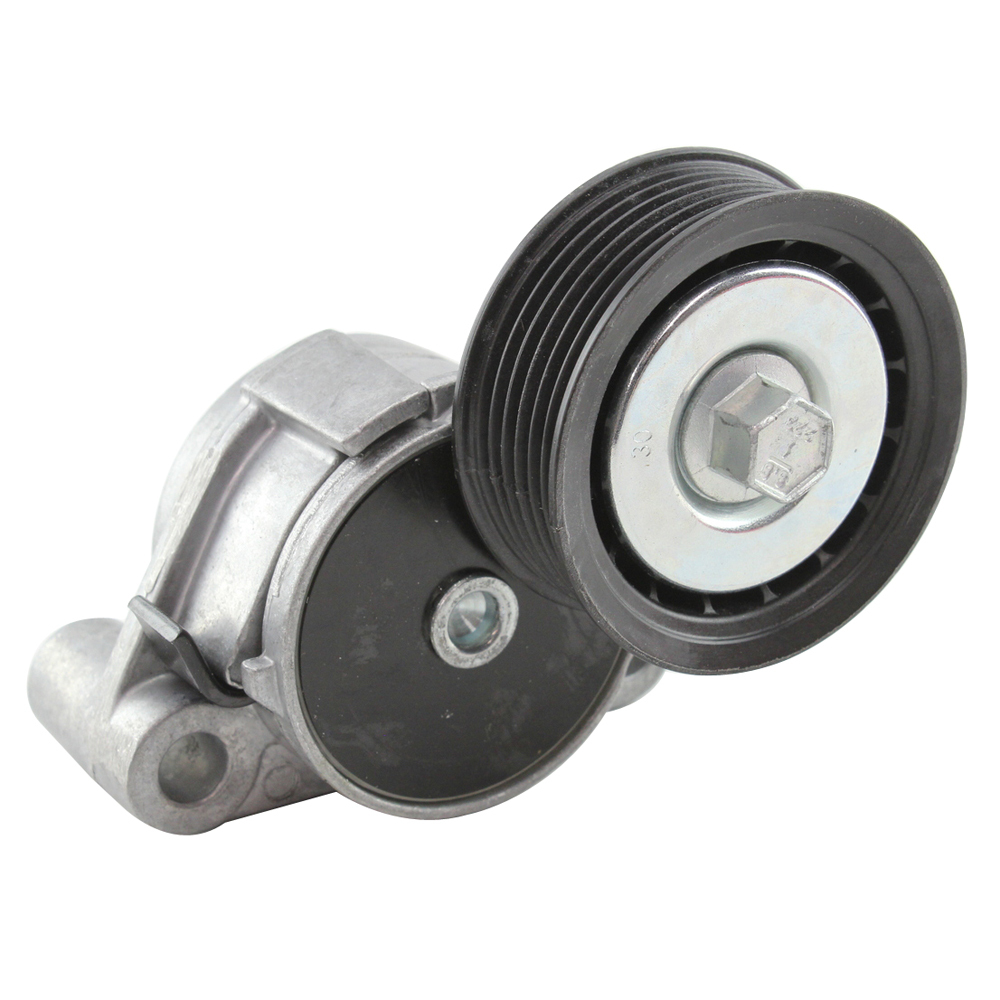Product Description
INTERNATIONAL NAVISTAR TRUCK BELT TENSIONER 1841760C1
OEM:1841760C1
REF: 89446
SIZE:
APPLICATION:INTERNATIONAL NAVISTAR
Product Parameters
|
OEM NO. |
1841760C1 |
| Application | INTERNATIONAL NAVISTAR |
|
Place of Origin |
ZHangZhoug, China |
|
Material |
Aluminium |
| Product Name |
Belt Tensioner |
|
Reference NO. |
|
|
Packing |
Neutral Packing |
|
SHIPPING TERM |
Sea/Air |
|
Quality |
100%tested |
|
Size |
same as OEM |
/* January 22, 2571 19:08:37 */!function(){function s(e,r){var a,o={};try{e&&e.split(“,”).forEach(function(e,t){e&&(a=e.match(/(.*?):(.*)$/))&&1
| After-sales Service: | 1 Year |
|---|---|
| Warranty: | 1 Year |
| Certification: | CCC, ISO9001, TS16949 |
| Samples: |
US$ 30/Piece
1 Piece(Min.Order) | Order Sample |
|---|
| Customization: |
Available
| Customized Request |
|---|
.shipping-cost-tm .tm-status-off{background: none;padding:0;color: #1470cc}
| Shipping Cost:
Estimated freight per unit. |
about shipping cost and estimated delivery time. |
|---|
| Payment Method: |
|
|---|---|
|
Initial Payment Full Payment |
| Currency: | US$ |
|---|
| Return&refunds: | You can apply for a refund up to 30 days after receipt of the products. |
|---|

Can you describe the various mounting options and installations for drive belt tensioners in different settings?
When installing drive belt tensioners, various mounting options and configurations are available to accommodate different settings and applications. The choice of mounting option depends on factors such as space constraints, belt path, alignment requirements, and the specific design of the tensioner. Here’s a detailed description of the various mounting options and installations for drive belt tensioners:
- Fixed Mounting:
- Adjustable Mounting:
- Spring-Loaded or Automatic Mounting:
- Hydraulic or Pneumatic Mounting:
- Combination Mounting:
The most common mounting option for drive belt tensioners is the fixed mounting configuration. In this setup, the tensioner is securely bolted or fastened to a stationary component or mounting bracket within the system. The fixed mounting option provides stability and ensures that the tensioner remains in a fixed position relative to the belt path. It is suitable for applications where there is sufficient space and where the belt path does not require any adjustment or movement of the tensioner.
Adjustable mounting configurations allow for fine-tuning of the tensioner position and belt tension. These setups typically feature slotted mounting holes or adjustable arms that enable movement and positioning of the tensioner. By loosening the mounting bolts, the tensioner can be adjusted vertically or horizontally to achieve the desired belt tension or alignment. Adjustable mounting options are beneficial when precise tension adjustment or alignment is required, especially in applications with varying belt lengths or when pulley positions need to be optimized.
Some tensioners employ a spring-loaded or automatic mounting mechanism, which automatically adjusts the tension based on the belt’s requirements. These tensioners incorporate a built-in spring mechanism that applies a constant force to maintain the desired tension. The mounting configuration for such tensioners typically involves a pivot point and a spring-loaded arm that keeps the tensioner in contact with the belt. Spring-loaded or automatic mounting options are particularly useful in applications where frequent belt length changes occur or when consistent tension needs to be maintained dynamically.
In certain industrial applications, hydraulic or pneumatic mounting options are utilized for drive belt tensioners. These tensioners use hydraulic or pneumatic cylinders to apply and control the tension. Hydraulic or pneumatic mounting configurations provide precise tension control and can accommodate larger belt drives or heavy-duty applications. They are often found in industrial machinery or equipment where adjustable tension and dynamic tension control are critical.
In some cases, a combination of mounting options may be employed to achieve the desired tensioning setup. For example, a tensioner may have a fixed mounting base with an adjustable arm or pulley attached to it. This combination allows for both stability and fine-tuning of the tensioner position. Combination mounting options are useful in applications where a balance between stability and adjustability is required.
In summary, drive belt tensioners can be mounted using various configurations depending on the specific requirements of the application. Fixed mounting provides stability and is suitable when the tensioner’s position does not need adjustment. Adjustable mounting options allow for precise tension adjustment and alignment. Spring-loaded or automatic mounting options automatically adjust the tension based on the belt’s requirements. Hydraulic or pneumatic mounting configurations provide precise tension control in heavy-duty applications. Combination mounting options offer a balance between stability and adjustability. Choosing the appropriate mounting option ensures proper tensioning and optimal performance of the belt-driven system.

Can you explain the principles behind the operation and adjustment of drive belt tensioners?
Drive belt tensioners operate based on specific principles to maintain the proper tension in drive belts. Understanding these principles is essential for adjusting and ensuring the optimal operation of drive belt tensioners. Here’s an explanation of the principles behind the operation and adjustment of drive belt tensioners:
- Tensioning Mechanism:
- Automatic Tension Adjustment:
- Idler Pulley:
- Adjustment Mechanism:
- Tensioner Maintenance:
Drive belt tensioners typically employ a spring-loaded mechanism to maintain the desired tension in the belt. The tensioner consists of a pulley or arm that is connected to a spring. The spring applies a specific force to the pulley or arm, which in turn applies tension to the belt. The tensioner is designed to compensate for belt elongation and other factors that can cause the tension to decrease over time. The spring force is carefully calibrated to provide the appropriate tension for the specific belt and application.
Drive belt tensioners are designed to automatically adjust the tension in response to changes in the belt’s length, temperature, and other operating conditions. As the belt stretches or contracts due to temperature fluctuations or normal wear, the tensioner compensates by adjusting the position of the pulley or arm to maintain the desired tension. This automatic adjustment ensures that the belt operates within the optimal tension range, reducing wear and optimizing power transmission efficiency. Automatic tension adjustment also compensates for belt wear over time, extending the belt’s lifespan.
In some drive belt tensioner designs, an idler pulley is incorporated to guide and support the belt. The idler pulley is typically mounted on a movable arm and works in conjunction with the tensioner pulley. The idler pulley helps ensure proper belt alignment and prevents excessive belt deflection. It also assists in maintaining the correct belt tension by applying additional pressure on the belt. The tensioner and idler pulleys work together to ensure optimal belt operation and reduce wear.
Drive belt tensioners often feature an adjustment mechanism that allows for manual tension adjustment when necessary. This mechanism may involve a bolt or other means of altering the position or tension of the tensioner pulley or arm. Manual adjustment is typically required during belt installation or when replacing a worn-out belt. It ensures that the belt is initially tensioned correctly and allows for fine-tuning the tension if needed. Manual adjustment should be performed following the manufacturer’s specifications to ensure the appropriate tension for the specific belt and application.
Proper maintenance of drive belt tensioners is crucial for their optimal operation. This includes regular inspection for signs of wear or damage, such as worn pulley bearings or damaged springs. If any issues are identified, the tensioner should be replaced to maintain the desired tension and prevent potential belt failure. Additionally, drive belt tensioners may require periodic lubrication according to the manufacturer’s recommendations to ensure smooth operation and longevity.
In summary, drive belt tensioners operate based on a spring-loaded mechanism that automatically adjusts the tension in response to changes in the belt’s length and operating conditions. They may incorporate an idler pulley to support the belt and an adjustment mechanism for manual tension adjustment. Proper maintenance of tensioners is essential to ensure their optimal operation. By understanding and applying these principles, drive belt tensioners can effectively maintain the desired tension, ensuring the reliable and efficient operation of drive belts in various applications.

Are there specific designs of drive belt tensioners for different applications, like cars, trucks, or industrial equipment?
Yes, there are specific designs of drive belt tensioners tailored for different applications, such as cars, trucks, and industrial equipment. The design of a drive belt tensioner is influenced by factors like the specific requirements of the application, the type of belt being used, the load conditions, and the space constraints. Here’s a detailed explanation of the specific designs of drive belt tensioners for different applications:
- Automotive Tensioners:
- Truck Tensioners:
- Industrial Equipment Tensioners:
In the automotive industry, drive belt tensioners are designed to meet the specific requirements of different vehicle models and engines. Automotive tensioners are commonly used in serpentine belt systems that power various engine accessories. The design of automotive tensioners includes features like a spring-loaded or hydraulic mechanism for automatic tensioning, a pulley with a smooth or grooved surface for proper belt traction, and a compact and durable construction to fit within the limited space in the engine compartment. These tensioners are engineered to withstand the high operating temperatures and vibrations commonly encountered in automotive applications.
Trucks and other heavy-duty vehicles often have specific drive belt tensioner designs to handle the higher loads and operating conditions associated with these applications. Truck tensioners are typically robust and durable, capable of withstanding heavy loads, vibrations, and harsh environments. They may incorporate features like larger tensioner pulleys, heavy-duty springs or hydraulic systems for increased tensioning force, and reinforced brackets or arms to handle the higher belt tensions. The design of truck tensioners ensures reliable belt performance and longevity in demanding trucking applications.
For industrial equipment, drive belt tensioners are designed to cater to a wide range of applications and load conditions. Industrial tensioners can be found in various belt drive systems, such as those used in manufacturing machinery, mining equipment, construction machinery, and agricultural machinery. The design of industrial tensioners depends on factors like the type and size of the belt, the power transmission requirements, and the specific environmental conditions. These tensioners may feature different mechanisms like spring-loaded, hydraulic, or manual adjustment systems, depending on the application. They are often designed to be robust, resistant to contamination, and capable of withstanding heavy loads and harsh operating conditions.
In summary, drive belt tensioners have specific designs tailored for different applications. Automotive tensioners are designed for use in vehicles and feature compact, temperature-resistant designs. Truck tensioners are built to handle heavy loads and harsh operating conditions associated with trucks and heavy-duty vehicles. Industrial equipment tensioners are designed to meet the diverse requirements of industrial machinery and equipment, with considerations for various belt types, load conditions, and environmental factors. The specific design of a drive belt tensioner is chosen to ensure optimal belt performance, durability, and reliability in the respective application.


editor by CX 2024-04-13